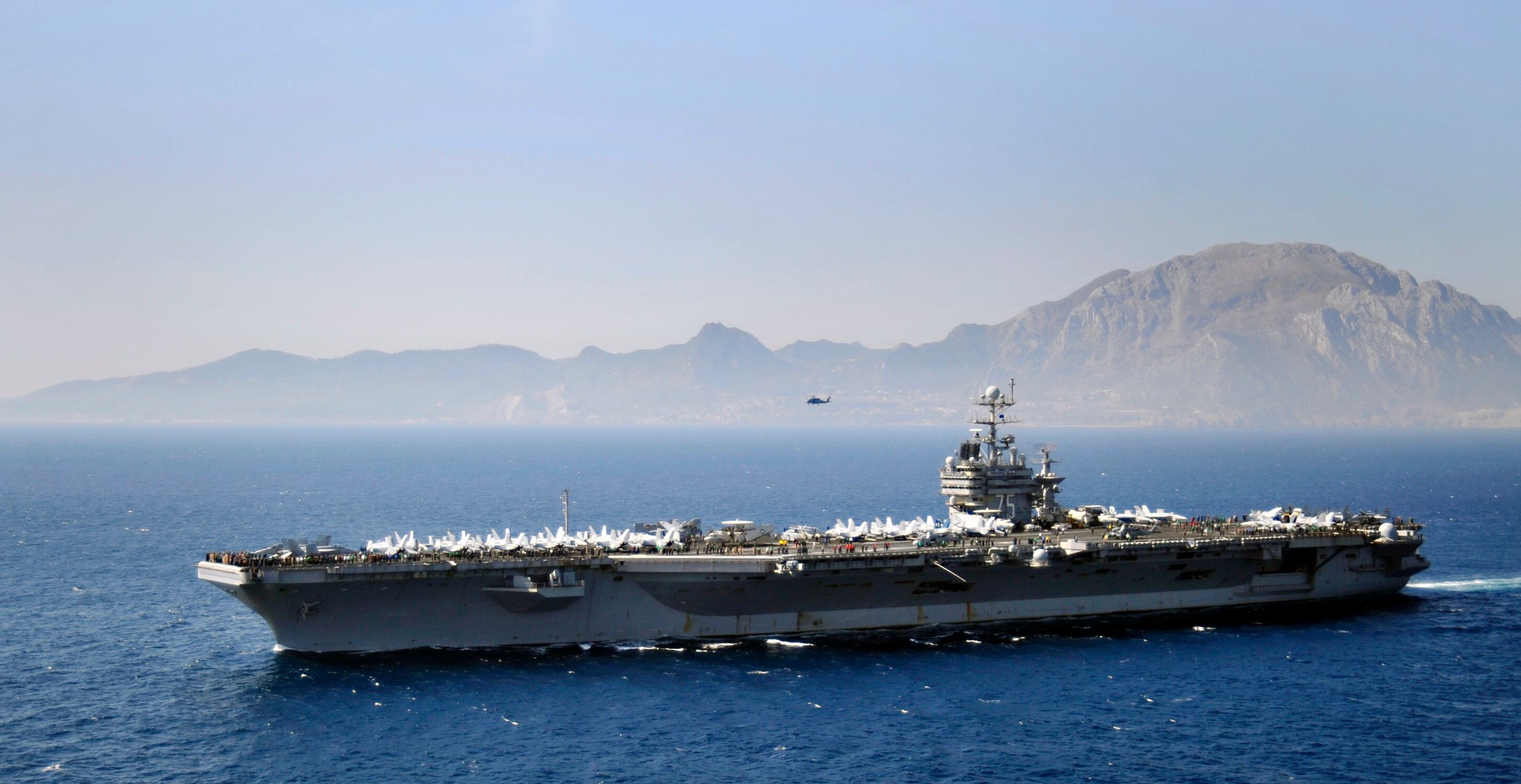NATIONAL HARBOR, Md. — The Navy’s top officer wants people to stop thinking about the size of the fleet in terms of how many ships it has, and instead start thinking about what those ships can do.
Asked whether he thought unmanned ships would ultimately count against the Navy’s battle force of ships, which now stands at 289, Chief of Naval Operations Adm. John Richardson said he’d like to move away from thinking in terms of ship count.
“It’s kind of a theoretical discussion,” Richardson said. “The thing that really matters is how much naval power do those platforms deliver. That’s the thing we’re after, I’m not so caught up in what counts against the battle force.
“Because if that platform, manned or unmanned, delivers a requisite amount of naval power that’s available and assignable by the theater commander, then OK, that contributes to naval power.”
RELATED

The distinction may seem like an exercise in semantics, but for Congress, the number of ships in the fleet has always been a useful metric when discussing the need for a larger or smaller Navy. Even President Ronald Reagan made a specific ship count — 600 ships — an organizing goal and rallying cry.
Today, lawmakers in both the House and Senate have made the Navy’s current force-structure assessment goal of 355 ships a focal point of their efforts.
Going after a concept like “total naval power” is somewhat more abstract and difficult to fit on a bumper sticker. However, the danger of chasing ship counts is that it could drive the Navy toward buying platforms it doesn’t need to meet a specific number, Richardson said.
“We have to be very careful to make sure that we’re not constructing something that counts on a tally but doesn’t contribute to naval power,” Richardson said. “At the end of the day, the real metric is power.”
The question will become relevant as the Navy prepares to roll out its force structure assessment later this year, which service leaders have intimated will likely grow the number of ships it needs to support the National Defense Strategy. Richardson’s answer represents a view widely held inside the Navy: that simply counting hulls is inadequate.
However, others have argued that quantity has a quality of its own, and that for a variety of demands placed on the fleet outside of being able to fight and win a war — presence, training with partners and freedom of navigation operations, to name a few — at some point the service will need enough hulls to fulfill the mission.
Jerry Hendrix, a retired Navy captain and analyst with Telemus Group, has argued for years that numbers are critical to the Navy’s role in preserving the peace. Citing the 2007 maritime strategy, Hendrix said numbers matter.
“In that strategy they found that preserving the peace was at least as important a mission as winning the war,” Hendrix said. “This idea of peacetime presence is crucial, and capacity is very critical in the peace preservation mission. You can’t’ surge trust and you certainly can’t be virtually present.”
David B. Larter was the naval warfare reporter for Defense News.








